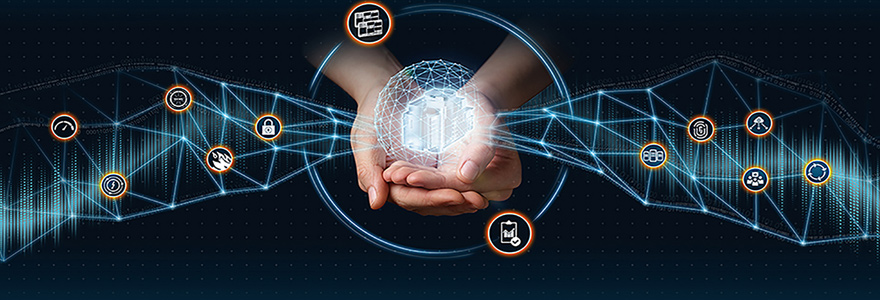
The witekio is concerned with the procedures and methods used to design powerful software and associated systems. The immediate implantation of integrated-based software systems that preserve confidential information and perform vital functions has heightened interest in developing secure software. Present software design procedures impose protective measures during the design phase, resulting in the specification of security-related architecture restrictions that are not required. As a result, the finished software program may employ inefficient mechanisms at a higher cost. Therefore, the following guideline may assist you in designing a system.
Phase 1: requirements interpretations
It would be best if you defined the system's aim. System design is such a broad subject; if you do not limit it down to a clear purpose, designing the system will become difficult, particularly for beginners. Restrictions can be beneficial to the software system sometimes. It is helpful to concentrate on the key feature you are attempting to design software system. It resolves any misunderstandings regarding the system's characteristics.
Efficiency, stability, sustainability, durability, and other quality standards are critical in system design. These 'abilities' are what you need to assess for a system and decide whether or not your system is appropriately built.
Phase 2: evaluation of critical components
One of the essential aspects of system design is understanding the system's size. What exactly does size imply when it comes to system design? The number of content accesses, timeline creation per second, and other metrics may be used to determine the system's scalability. They are highly scalable systems if the system's evaluations are considerable in number.
Another critical estimate is that of storage. You need to understand how much storage is required for the system over eight years. It can only rise, but you must make an educated guess. It will regulate data storage.
Phase 3: Knowledge Flow
You must establish the system's knowledge model as well as how knowledge will flow between system elements. You need to figure out the system's domains and other aspects of data administration. For beginners to system design, keep in mind that if you are unsure where to begin the software system design, attempt to start with the information flow. On the other side, you may need to select what type of storage is required for photographs and movies.
Phase 4: Design of High-Level Elements
It is a strenuous effort to design the software system all at once. As a result, it is preferable to divide into high-level elements. Then, take those elements and turn them into a comprehensive design.
Try to build a schematic diagram of your system's critical elements in 7–8 sections. It may be higher if the system is overly complex. There is no hard and fast rule for determining how numerous features you may divide the system. Just keep in mind that you need to determine enough elements to resolve the system's genuine issues.
The file handling Operation will be managed by the File Handling Server. The Data Center will handle the file, segment size, and user information. The Alert server will notify the customer when files are updated on all other gadgets to which the customer is signed. The file will be saved on the web.
We may then deconstruct these elements for a more detailed design based on the system's specifications.
Phase 5: Create a comprehensive design
For the last stage, you must go further into significant elements critical to meeting the system's quality criteria.
In this phase, we might compare several ways to solving an issue, weigh its benefits and drawbacks, and clarify why you favor one over the other. This section includes a lot of option evaluations.
Phase 6: Recognize and overcome obstacles
You now have a detailed system design. You must identify the system's obstacles and devise various strategies to alleviate them. You must have enough knowledge replicates to continue serving your users even if a few servers fail. If there is no copy of the knowledge and the knowledge is lost for any cause, the system does not know. There will be dependability concerns with the system.
Furthermore, you must have enough versions of various services operating to ensure that a few errors do not result in a system interruption. Therefore, read more here.